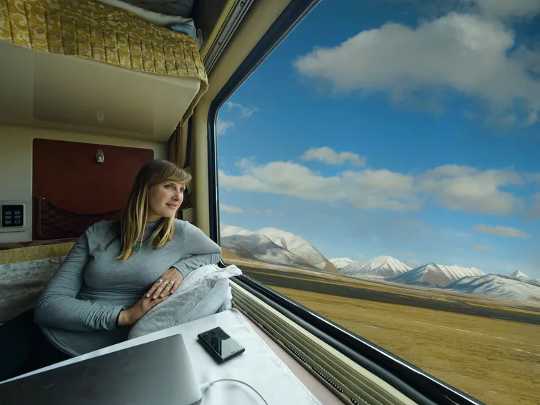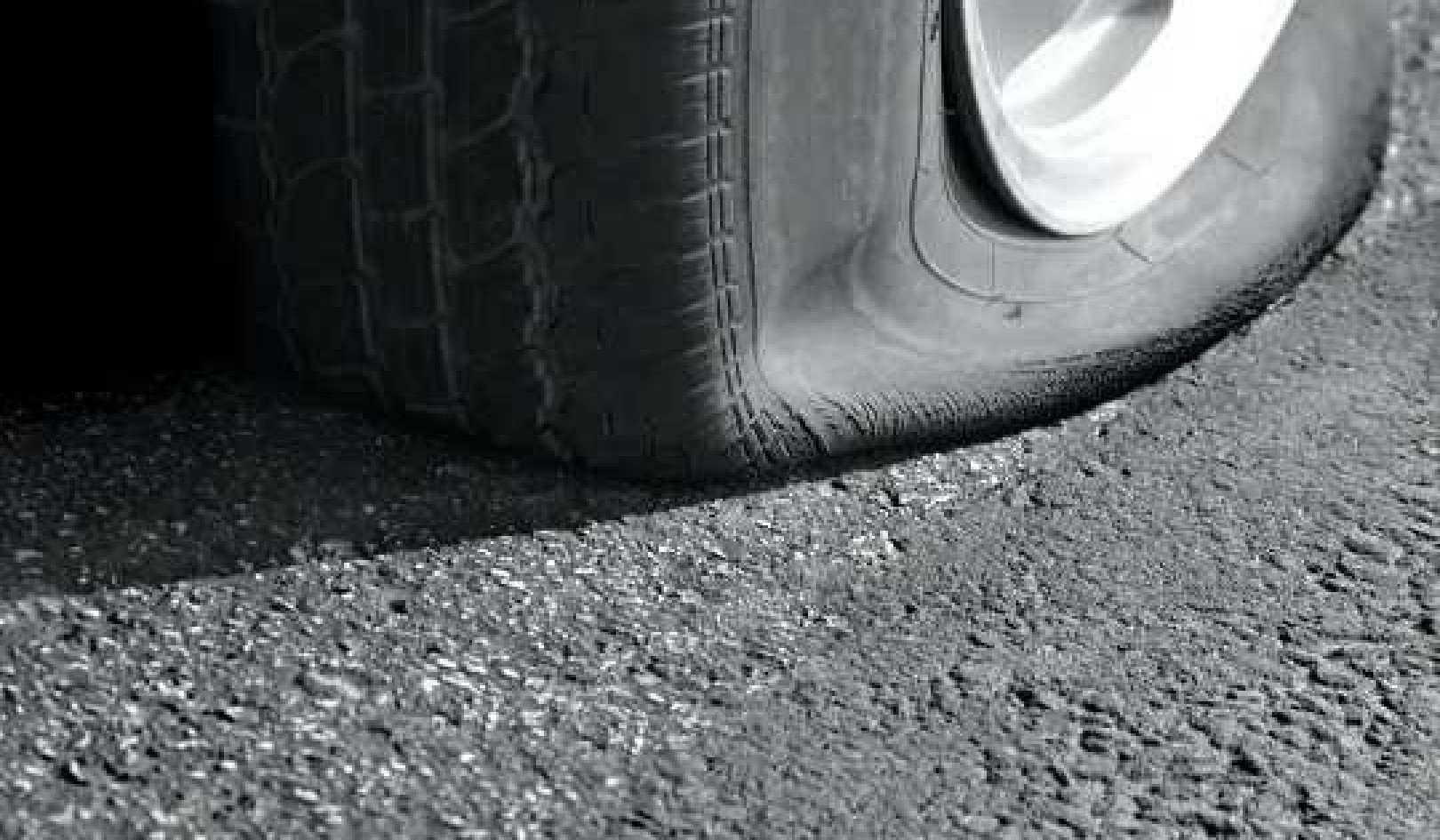 Song_about_summer/Shutterstock
Song_about_summer/Shutterstock
Europe’s major airlines are likely to see their turnover drop by 50% in 2020 as a result of the COVID-19 pandemic, while European airports expect to welcome 700 million fewer passengers. It’s a brutal shock to a global industry that, in the previous decade, grew by more than 5% a year on average.
Civil aviation – which includes all passenger and cargo flights – accounts for 2% of annual global greenhouse gas emissions. This might look pretty small, but this comes from only the 5% of the global population who can afford to fly. A transatlantic round trip can emit greenhouse gases equivalent to 1.6 tonnes of CO? per person. In other words, someone’s entire carbon allowance for the year.
As lockdowns are loosened, emissions are rebounding from many sectors. Aviation may follow the same path. After all, we live in a hyperconnected world and people still want to explore it, travelling as fast and as cheaply as possible, forgetting the cost this incurs to the climate.
But recent history suggests our attitudes may be more malleable. The Swedish flygskam (meaning, “flight shame”) movement of 2018 was led by a small group of celebrities, including Olympic winter gold medallist Bjorn Ferry and the musician Malena Ernman, who also happens to be climate activist Greta Thunnberg’s mother.
Their commitment to give up flying inspired hundreds of other Swedes. Spread through initiatives like the Facebook group Jag flyger inte – för klimatets skull (I’m not flying – for the sake of the climate), the campaign managed to lower the number of international flights at Swedish airports by 4% within a year.
How did these campaigners manage to force such a change in such a short period of time? And could their example show environmentalists how to leverage the COVID-19 crisis to permanently transform travel behaviour?
Tipping point
Along with a team of Swedish academics, I researched the flygskam movement to try to understand how it influenced people. We interviewed Swedes who had engaged with the campaign and reduced or even quit flying as a result. We also spoke to those for whom the campaign had little to no effect.
Science communicators are often rebuked for talking about the terrible consequences of climate change, for fear of depressing the motivations of ordinary people to act. But we found that negative emotions like fear and anxiety ultimately pushed the people we spoke to into action.
Besides giving up flying, many started making other adjustments, such as growing their own food. Many reported a deep unease that had been haunting them for a while, but felt the urgency to finally act when they heard about the flygskam campaign.
Those who didn’t reduce their flying didn’t appear to have internalised the severity of the crisis in the same way. Some perceived climate change as a distant threat that might not affect them.
So dread can sometimes be a powerful motivator when it comes to acting on climate change. But that was only half the story.
The people who gave up flying did not view their choice as a sacrifice. Far from giving up something important to them, most spoke about the decision as a kind of liberation – a transformation towards a life with less stress.
Air travel boosts individual emission levels higher and faster than any other activity. When so much of our engagement with climate change is based on anxiousness about our own role, giving up the single biggest individual contribution to the problem felt cathartic for many of those we spoke to.
Flying is central to a worldview that prizes convenience and speed. But as many people found during lockdown, a slower pace of life with fewer options can sometimes feel freeing, rather than limiting. Adopting a new worldview that cherishes local relationships and opportunities can, somewhat ironically, feel like expanding our horizons rather than narrowing them.
Flight alternatives
Trains are well placed to meet the demand for a slower, more scenic way of getting around post-pandemic. Already, sleeper train services across Europe have noticed increased demand. One musician we interviewed used to fly around the world to attend concerts and thought giving up flying would affect his career. Now he manages to only perform in places he can reach by train, and he says he enjoys the change.
 European overnight train operators have reported increased demand since the end of lockdown. Flystock/Shutterstock
European overnight train operators have reported increased demand since the end of lockdown. Flystock/Shutterstock
But changing the worldview of travellers will only be part of the solution. We spoke to plenty of frequent flyers who were determined to reduce flying, but couldn’t commit because of the lack of alternatives. In most cases, there were no train connections between the places they wanted to travel, and even if there were, they were likely to take up to ten times longer than a flight, and be substantially more expensive.
Expanding the rail network and subsidising train travel so that more people can afford it will be vital for any transition away from widespread air travel. Our research shows that many people are already eager to make this leap and stay grounded, but their ambitions are limited by their careers, family and other commitments that keep them tied to long-distance travel. A slower pace of travel can be popular, but it won’t be possible for many without investment and reform.![]()
About The Author
Avit K Bhowmik, Assistant Professor, Karlstad University, and Research fellow in Planetary Boundaries Research Network, Stockholm University
This article is republished from The Conversation under a Creative Commons license. Read the original article.
Related Books
Drawdown: The Most Comprehensive Plan Ever Proposed to Reverse Global Warming
by Paul Hawken and Tom Steyer In the face of widespread fear and apathy, an international coalition of researchers, professionals, and scientists have come together to offer a set of realistic and bold solutions to climate change. One hundred techniques and practices are described here—some are well known; some you may have never heard of. They range from clean energy to educating girls in lower-income countries to land use practices that pull carbon out of the air. The solutions exist, are economically viable, and communities throughout the world are currently enacting them with skill and determination. Available On Amazon
In the face of widespread fear and apathy, an international coalition of researchers, professionals, and scientists have come together to offer a set of realistic and bold solutions to climate change. One hundred techniques and practices are described here—some are well known; some you may have never heard of. They range from clean energy to educating girls in lower-income countries to land use practices that pull carbon out of the air. The solutions exist, are economically viable, and communities throughout the world are currently enacting them with skill and determination. Available On Amazon
Designing Climate Solutions: A Policy Guide for Low-Carbon Energy
by Hal Harvey, Robbie Orvis, Jeffrey Rissman With the effects of climate change already upon us, the need to cut global greenhouse gas emissions is nothing less than urgent. It’s a daunting challenge, but the technologies and strategies to meet it exist today. A small set of energy policies, designed and implemented well, can put us on the path to a low carbon future. Energy systems are large and complex, so energy policy must be focused and cost-effective. One-size-fits-all approaches simply won’t get the job done. Policymakers need a clear, comprehensive resource that outlines the energy policies that will have the biggest impact on our climate future, and describes how to design these policies well. Available On Amazon
With the effects of climate change already upon us, the need to cut global greenhouse gas emissions is nothing less than urgent. It’s a daunting challenge, but the technologies and strategies to meet it exist today. A small set of energy policies, designed and implemented well, can put us on the path to a low carbon future. Energy systems are large and complex, so energy policy must be focused and cost-effective. One-size-fits-all approaches simply won’t get the job done. Policymakers need a clear, comprehensive resource that outlines the energy policies that will have the biggest impact on our climate future, and describes how to design these policies well. Available On Amazon
This Changes Everything: Capitalism vs. The Climate
by Naomi Klein In This Changes Everything Naomi Klein argues that climate change isn’t just another issue to be neatly filed between taxes and health care. It’s an alarm that calls us to fix an economic system that is already failing us in many ways. Klein meticulously builds the case for how massively reducing our greenhouse emissions is our best chance to simultaneously reduce gaping inequalities, re-imagine our broken democracies, and rebuild our gutted local economies. She exposes the ideological desperation of the climate-change deniers, the messianic delusions of the would-be geoengineers, and the tragic defeatism of too many mainstream green initiatives. And she demonstrates precisely why the market has not—and cannot—fix the climate crisis but will instead make things worse, with ever more extreme and ecologically damaging extraction methods, accompanied by rampant disaster capitalism. Available On Amazon
In This Changes Everything Naomi Klein argues that climate change isn’t just another issue to be neatly filed between taxes and health care. It’s an alarm that calls us to fix an economic system that is already failing us in many ways. Klein meticulously builds the case for how massively reducing our greenhouse emissions is our best chance to simultaneously reduce gaping inequalities, re-imagine our broken democracies, and rebuild our gutted local economies. She exposes the ideological desperation of the climate-change deniers, the messianic delusions of the would-be geoengineers, and the tragic defeatism of too many mainstream green initiatives. And she demonstrates precisely why the market has not—and cannot—fix the climate crisis but will instead make things worse, with ever more extreme and ecologically damaging extraction methods, accompanied by rampant disaster capitalism. Available On Amazon
From The Publisher:
Purchases on Amazon go to defray the cost of bringing you InnerSelf.comelf.com, MightyNatural.com, and ClimateImpactNews.com at no cost and without advertisers that track your browsing habits. Even if you click on a link but don't buy these selected products, anything else you buy in that same visit on Amazon pays us a small commission. There is no additional cost to you, so please contribute to the effort. You can also use this link to use to Amazon at any time so you can help support our efforts.






















